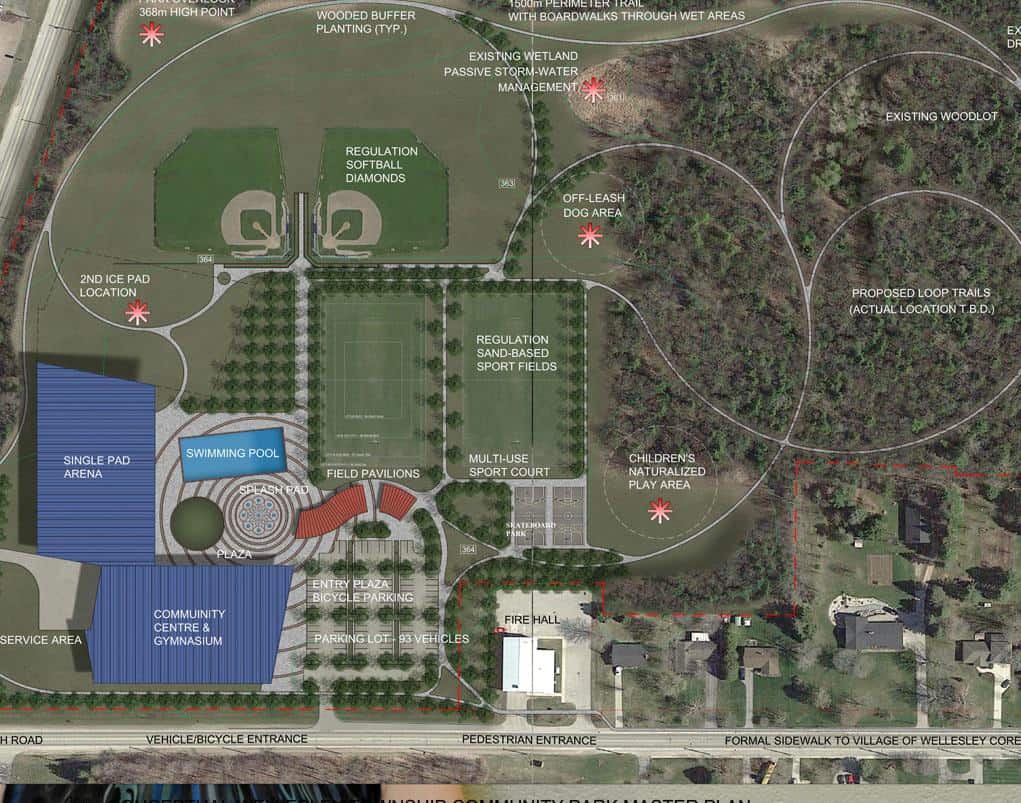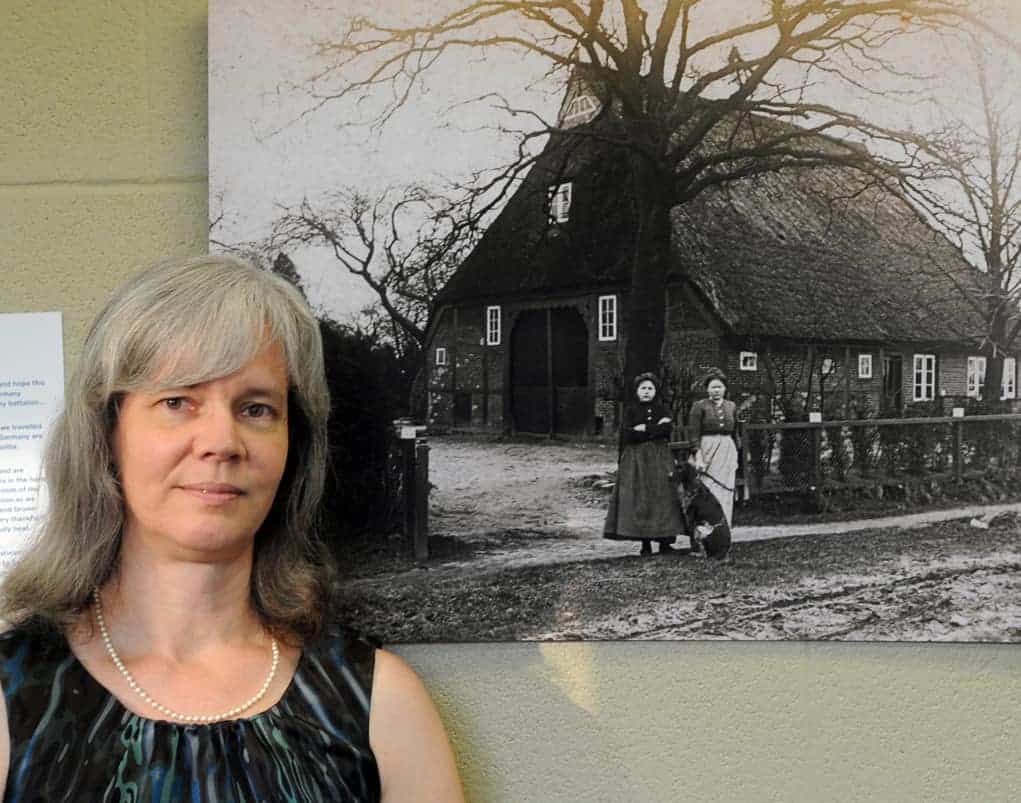Standardized test scores in reading, writing and mathematics continue to be a problem provincially, but local schools are typically ahead of the curve, according to school-by-school results released last week.
The Education Quality and Accountability Office (EQAO) is responsible for conducting the tests in which Grade 3 and 6 students are assessed on reading, writing and mathematics, while Grade 9 students are assessed in mathematics.
“EQAO scores are one of many tools we use to judge our progress as a school system. But they are just one snapshot in time and, recognizing the uniqueness of every school and each cohort of students, they need to be analyzed carefully. We are particularly pleased this year to note that where we have had the opportunity to provide intensive or increased support through the renewed math strategy, we are seeing positive gains,” said Loretta Notten, director of education for the Waterloo Catholic District School Board. “Our students deserve nothing but excellence in their classrooms, and we realize there is much more work remaining to be done.”
Across both the WCDSB and the Waterloo Region District School Board, math scores showed the most growth, the trend encompassing Wellesley and Woolwich area schools from both boards.
“Success in math reflects a strong commitment and focus by the Waterloo Catholic District School Board, to use a wide array of data (primarily EQAO), to identify learning needs and address them through focused and job-embedded professional development,” said superintendent John Klein. “It reveals a purposeful attention to collaboration and support for our teachers and students.”
John Bryant, director of education with the WRDSB, indicated that he is pleased to have been able to close the mathematic gap to the provincial level, but says there is still work to do.
“We set ambitious targets to improve student outcomes and experiences last year, and we have placed a significant emphasis on implementing strategies to help us achieve those goals. These results illustrate our commitment to improving the outcomes and experience for WRDSB students is beginning to take root.”
Key points from results provincially
- More than 130,000 Grade 3 and Grade 6 students participated provincially, with just over 96,000 Grade 9s participating in academic course and over 34,000 in applied.
- Mathematics in elementary school students continues to stay low. With around 50 per cent of Grade 6 students at or above the provincial standard and Grade 3s dropping a per cent to hover at 62 per cent.
- There has been an improvement in literacy over the past five years in elementary students
- Decline in mathematics success over the past five years in elementary students
- An increasing percentage of students who met the mathematics standard in Grade 3 did not do so in Grade 6
- In academic mathematics courses 52,459 students (66 per cent) had met the provincial standard in both Grade 3 and Grade 6. Of these, 94 per cent (49,193) met it again in Grade 9
- In applied mathematics courses 2,987 students (12 per cent) had met the provincial standard in both Grade 3 and Grade 6. Of these, 84 per cent (2,496) met it again in Grade 9
Key points from the WRDSB results
- The percentage of Grade 9 (applied) WRDSB students in mathematics who met the provincial standard increased by 15 per cent over last year while the provincial average dropped by one per cent.
- Grade 6 WRDSB students who met the provincial standard in mathematics increased by two per cent over last year.
- Grade 3 WRDSB students who met the provincial standard in math increased by two per cent over last year
- The percentage of Grade 6 WRDSB students who met the provincial standard in writing decreased by one point over last year.
Key points from the results WCDSB
- Grade 9 applied level math surpasses province by 11 per cent
- Grade 3 math is five per cent above
- Grade 6 math is two per cent ahead
Key points from results locally
Elmira District Secondary School
Applied Math – 84% up from 80% last year. Board average 54%, Provincial average 44%
Accademic Math – 92% down from 93% last year. Board average 82%, Provincial average 83%
Conestogo PS
Grade 3 students ranked higher than the board and province across all three categories, reading writing and mathematics, but dropped in both reading and writing in comparison to their own results last year. While Grade 6 students saw a drastic jump all across the board, exceeding both the WRDSB results and provincial results.
Riverside PS
Only 27 per cent of Grade 6 scored at or above the provincial standard in mathematics, with both reading and writing below average. Grade 3 students fell in both reading and writing ranks, but stayed on par with the board and just below provincial results. The school did see a 9 per cent increase in their mathematics, to etch out both the board and provincial ranks.
Wellesley PS
Grade 3 students results showed an increase in all categories in comparison to the prior year, while they scored higher than the board, they were just below par in reading compared to provincial results. Grade 6 students saw a drop in all three categories, while still maintaining above the board and provincial results.
Floradale PS
Some 94 per cent of Grade 3 students scored at or above the provincial standard in writing, a whopping 30 per cent higher than board results, and just over 20 per cent higher than provincial results. 32 per cent of Grade 6 students met or scored above provincial standard in mathematics, down 30 per cent from the prior year.
Linwood PS
Grade 3 and 6 students scored lower than the Board and Provincial results in all categories, although they did see a rise in Grade 3 and 6 reading from the prior year.
St. Jacobs PS
Grade 6 students scored 96 per cent in both reading and writing, both are up from the prior year, while Grade 3 students saw growth in all categories and maintained above average results.
John Mahood PS
John Mahood PS saw students drop in all categories, with 39 per cent of students at or above the provincial standard in mathematics.
St Boniface Catholic school
St Boniface saw a drop in all results for Grade 3 and Grade 6 students, coming in below board and provincial averages.
St Teresa of Avila Catholic school
Stayed at par or rose above their prior results in all categories for Grade 3 and 6 students, seeing 95 per cent of Grade 6 students at or above provincial standard in writing.
St Clement Catholic school
Grade 3 results dropped across the board, but saw Grade 6 students results come in with 94 per cent of students at or above provincial standard in reading and writing, and 88 per cent in mathematics.









